
Tequila.
Some love it while others have lived to regret it. The infamous Mexican spirit has a bad reputation for being the cause of numerous bad decisions and irresponsible behaviour—we’ve all been there. As the saying goes, “1 tequila, 2 tequila, 3 tequila, floor.”
No doubt Tequila is pretty strong stuff and one that many have come to fear, yet, despite its reputation, there’s actually more to Mexico’s national drink than its gnarly taste and hangover-inducing effects. A spirit that boasts tonnes of aromatic profiles, there is more to be appreciated about tequila.
Responsible for some of our best-loved cocktails—the Margarita, the Tequila Sunrise and the Long Island Iced Tea—here are 8 things you need to know about tequila to better appreciate the Mexican spirit in light of the upcoming National Tequila Day that falls on 24 July this year.
1. Tequila is made from agave, a relative of the lily
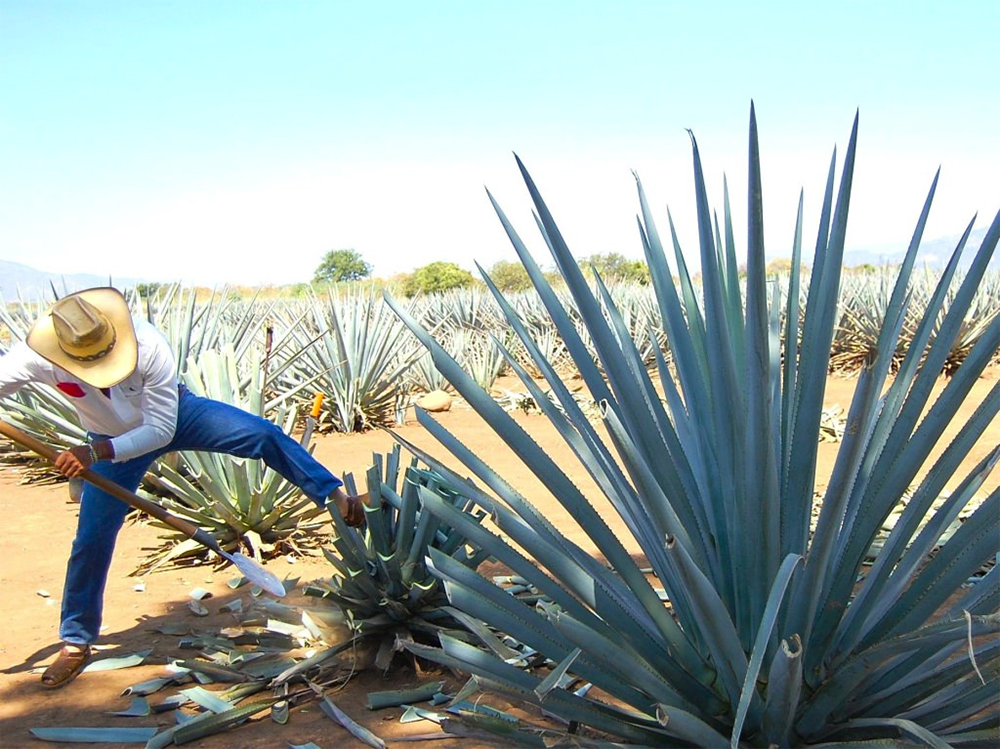
Tequila is made from blue agave—more specifically the sap that comes from the heart of the blue agave—a native Mexican plant that is closely related to lilies.
2. Tequila can’t be called tequila unless it contains at least 51% blue agave
To be considered tequila, the spirit has to contain at least 51% blue agave—this is according to Mexican law. Anything else that contains less than 51% blue agave cannot be called tequila.
3. Tequila isn’t traditionally taken as a shot
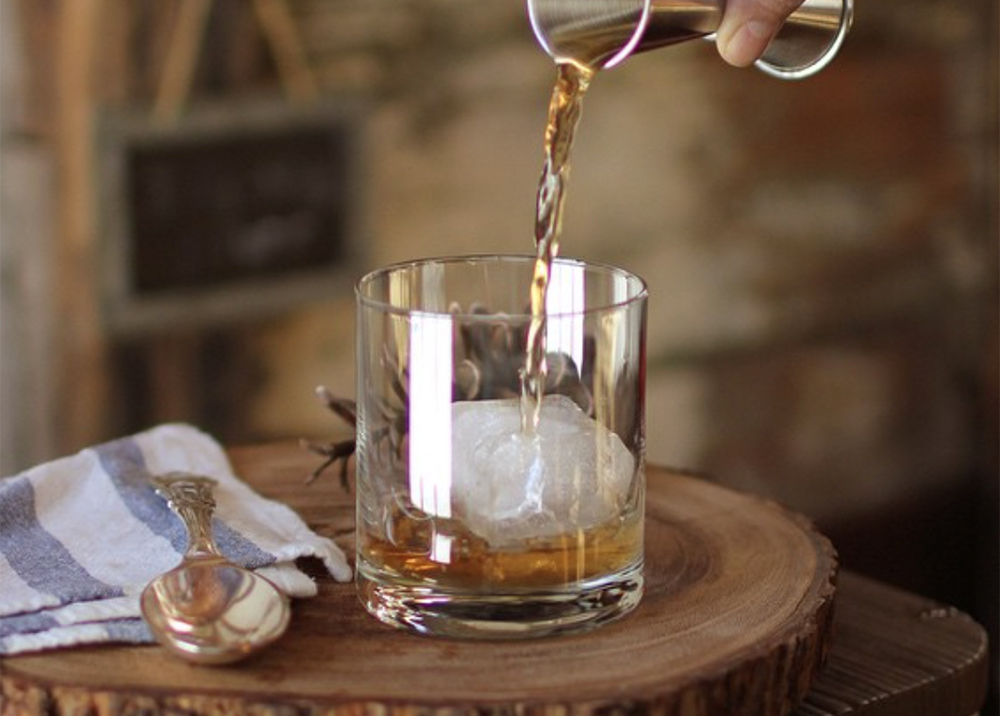
Unlike what people do in clubs and bars, tequila isn’t actually supposed to be downed as a shot with lime and salt. It’s supposed to be sipped and savoured in the same way you would drink Scotch.
4. Tequila is deadly, but it’s not the strongest spirit around
Just because tequila is largely responsible for a majority of bad decisions, crazy nights and killer hangovers, it doesn’t mean that it’s “stronger” than other types of spirits. It all boils down to a spirit’s ABV (Alcohol By Volume).
In fact, most gins and certain whiskies have a higher ABV than other spirits, but the only reason why fewer people get sloshed from it is due to the manner in which the spirit is drunk. Try doing a shot of gin—we dare you.
5. Tequila can only be produced in 5 specific regions in Mexico
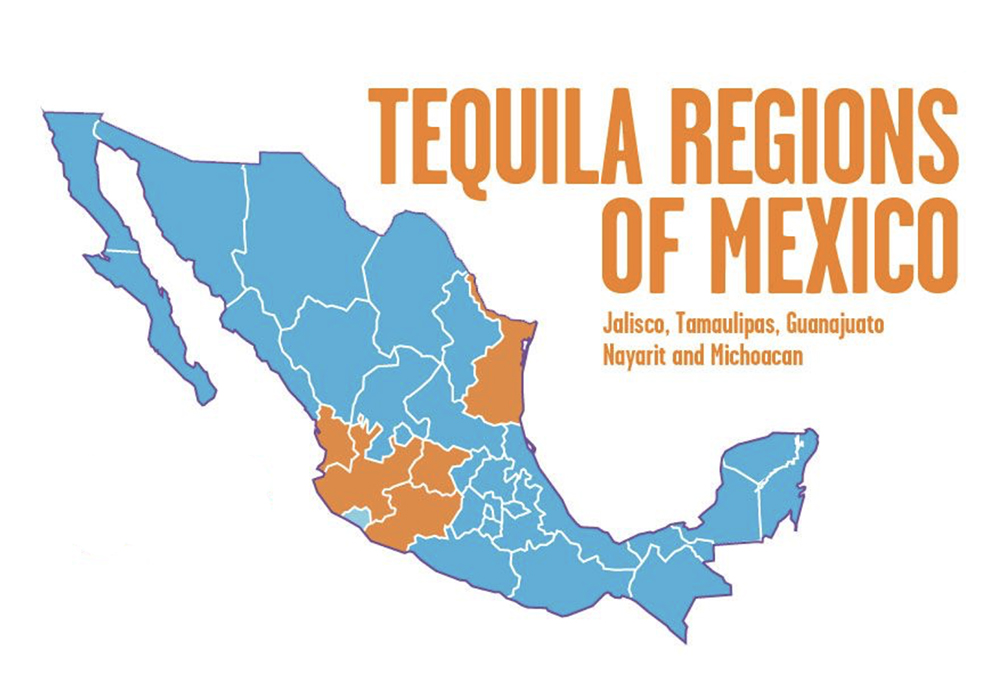
To be considered tequila, it must be produced in Mexico—just like how Champagne is only Champagne if it hails from the Champagne region of France.
Tequila is only deemed legitimate if it’s produced in the country itself, mainly in the western Mexican state of Jalisco, however, the states Guanajuato, Michoacan, Nayarit, and Tamaulipas are also acceptable.
6. Tequila exists in 5 common forms
Blanco: Clear, transparent, un-aged and bottled within two months of distillation. Some believe that blanco tequilas do not cause hangovers.
Reposado: Golden, aged between two-twelve months in barrels
Oro: Light gold, a mixture of tequila blanco and reposado
Añejo: Brownish, aged between 1-3 years in small oak barrels, intense oaky flavour
Extra Añejo: Dark reddish brown, aged 3-5 years in oak barrels, more intense flavour
7. Tequila is still made by hand
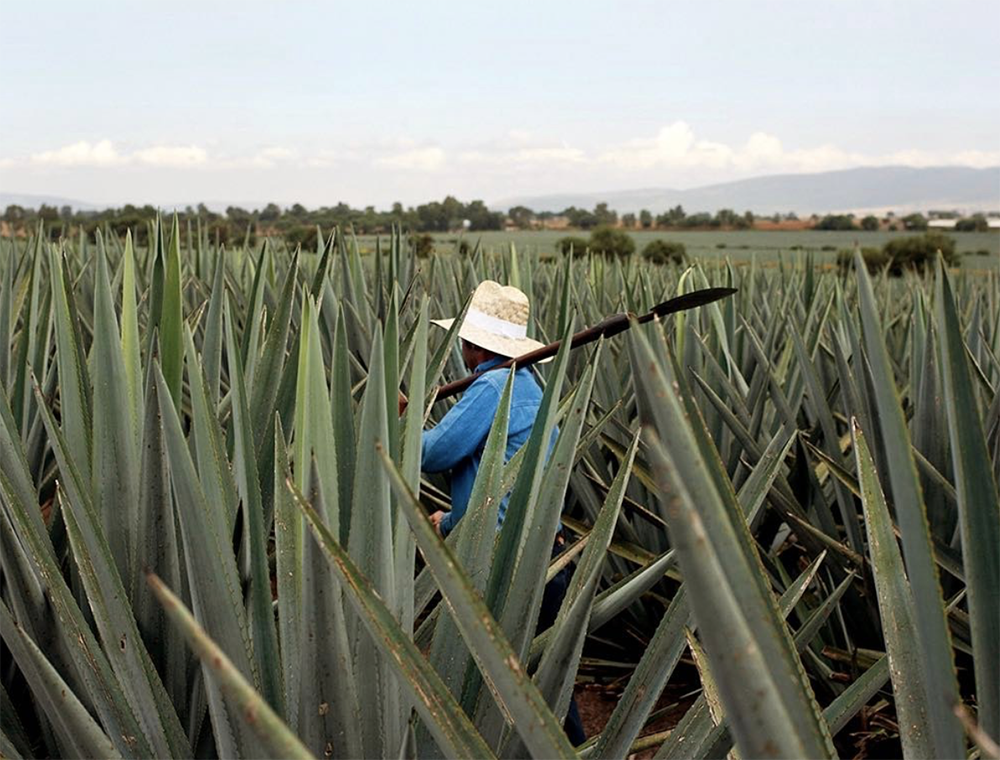
The actual making of tequila is a long, painstaking and back-breaking process. Until today, agave is hand-selected and harvested entirely by hand. In premium tequilas, the pulp is removed by hand once the entire plant is ground up.
8. Tequila has health benefits
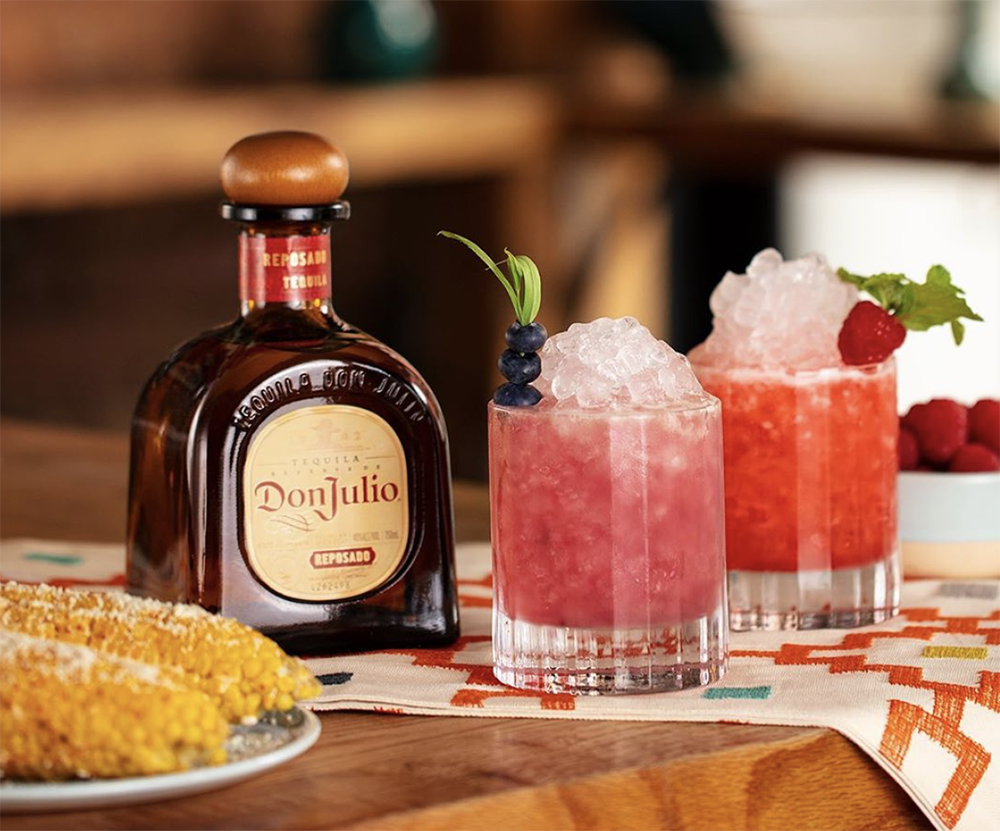
According to studies, there is a certain component in tequila that helps break down dietary fat which can help lower the levels of bad cholesterol in the body. Experts suggest that a shot taken after dinner can aid in the body’s digestion.




No Comments